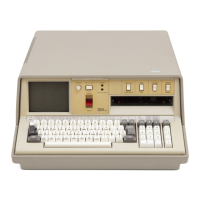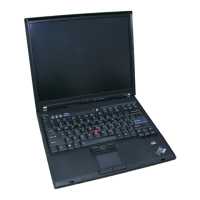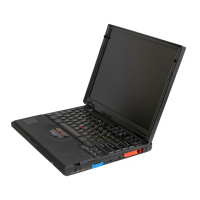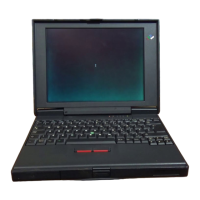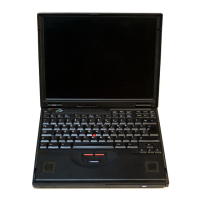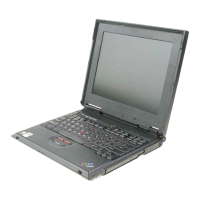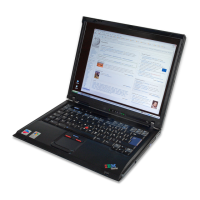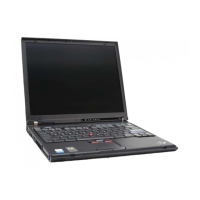DRAM memory. When the POST memory test has
completed, the usable memory size is compared with the
configuration data and if a mismatch is detected, a 2XX
error code occurs. The user can continue with system
operation by pressing F1 and call for service at a later
time.
The memory sizes that are de-allocated because of the
POST process is kept by the hibernation or suspend
functions. To test this memory, it must be re-configured as
part of the original memory size. The memory
re-configuring is done by turning power-off and on.
De-allocation support is done only by the POST for
memory errors. All unrecoverable memory errors that
occur during normal operation cause an interrupt to the
operating system.
Error Log: Diagnostic errors are printed on the printer
that is attached to parallel port when the error is detected.
The error is also logged in the system memory.
Use the following procedure to display the errors.
1. End the test, if it is running.
2. Press Ctrl+A to select the advanced diagnostic mode.
3. Press Ctrl+E.
4. The error log appears.
5. To exit the screen, select the cancel icon or press
Esc.
The error log is not saved when system power is turned
off.
SCSI Diagnostics (Dock I)
The SCSI diagnostics help you troubleshoot SCSI adapter
and device problems through a series of menus. The
diagnostics are provided on the Dock I Option Diskette.
Some SCSI devices might be shipped with diagnostics
However, you must use the option diskette shipped with
Dock I to test the SCSI controller and SCSI devices.
Notes:
1. In the diagnostics, the built-in SCSI controller is
regarded as an adapter. If the diagnostics detect any
adapter problems, replace the main board of the Dock
I.
2. If the SCSI devices are not connected to the Dock I,
the built-in SCSI controller is disabled. You cannot
run the SCSI diagnostics.
The procedures in Figure 1 on page 363 summarizes the
major steps.
362 IBM Mobile Systems HMM - Volume 1
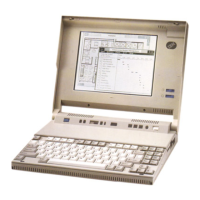
